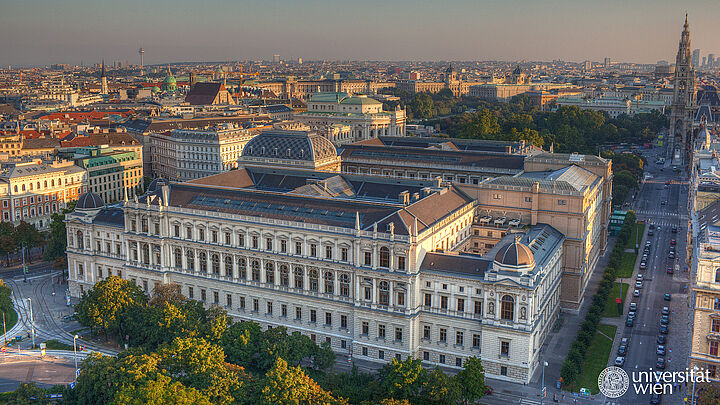Montag, 12. Juni 2017, 14:00 - 15:30 iCal
Prof. Leif Hammerström /
Universität Uppsala, Schweden
"Molecular and Biomimetic Approaches to Artificial Photosynthesis"
Carl Auer v. Welsbach Hörsaal (HS 1) an der Fakultät für Chemie
Boltzmanngasse 1, 1090 Wien
Vortrag
Molecular and Biomimetic Approaches to Artificial Photosynthesis
The Swedish Consortium for Artificial Photosynthesis (CAP) is based on close, cross-disciplinary collaborations between researchers in the areas of molecular biology, biochemistry, synthetic chemistry and physical chemistry. CAP aims at developing both photochemical and photobiological systems for solar fuel production. Biomimetic and molecular approaches are important in our efforts. In my talk I will illustrate our approach and present examples of our recent work.
Enzymes achieve high turnover numbers and rates by a carefully designed higher coordination sphere around their active sites. In this way they induce catalyst specificity and stability, and also manage the release and/or uptake of protons, which control the electron transfer processes by proton-coupled electron transfer (PCET). We have initiated a new program with the aim to mimic these effects and incorporated a molecular proton reduction catalyst with structural pertinence to the active site of [FeFe] hydrogenases into a metal-organic framework (MOF). We have also made extensive studies of how to control and understand PCET reactions, which we believe can guide the design of greatly improved molecular solar fuels catalysts.
Molecular catalysts for solar fuels processes offer far greater tunability of properties compared to heterogeneous ones. This means a greater challenge in design but also a greater potential, if the design principles are understood. Rational design and comparative studies rely, however, on detailed information about the mechanism of catalysis that in most cases is not available. Unbiased information on the catalyst performance is needed, beyond simple benchmarking that is subject to the conditions chosen. We are using transient UV/VIS and mid-IR spectroscopy to resolve highly reactive catalyst intermediates and elucidate their structures, both in solution and immobilized on photoactive electrodes.
Catalyst-decorated electrodes allow for making of a dye-sensitized solar fuel device (DSSFD). To some extent these constructs control charge transfer and transport, and couple single-electron charge separation to multi-electron catalysis, but efficiencies are still modest. We are studying the interfacial and surface charge transfer reactions of these electrodes to identify the bottlenecks of these systems.
Veranstalter
Kontakt
Brigitte Schwarz
Fakultät für Chemie der Universität Wien
Dekanat
01/4277-52006
brigitte_schwarz@univie.ac.at
Erstellt am Donnerstag, 16. M�rz 2017, 11:59
Letzte Änderung am Montag, 20. M�rz 2017, 08:51

